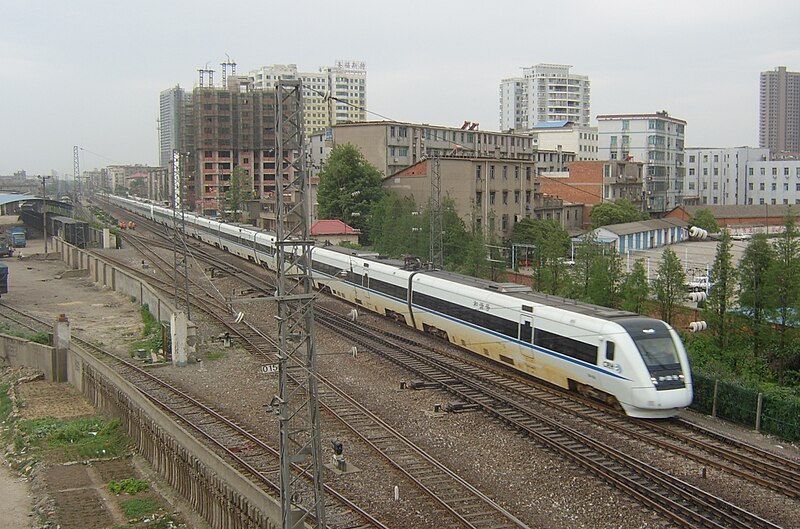Korowai Tree House
This bizarre house is home to the bizarre tribe called the Korowai or also called the Kolufo. They are a people of southeastern Papua(i.e., the southeastern part of the western part of New Guinea). Until the 1970s, they were unaware of the existence of any people besides themselves and some immediately neighboring villages.Only a few of them have become literate thus far. They are one of the few surviving peoples in the world that are thought to possibly still engage in cannibalism. Others dispute this, saying that these practices ended decades ago andthat there have been no reported instances of cannibalism in over twenty years.
Trulli House
Trulli houses, distinguished by conical store roof, are traditional in the southeastern region Apulia, Italy.
Palloza
A palloza is a traditional thatched house as found in the in Galicia, Spain. They are circular or oval, and about ten ortwenty meters in diameter. These houses are built to withstand severe winter weatherat a typical altitude of 1,200 meters. The main structure is stone, and is divided internally into separate areas
for the family and their animals, with separate entrances. The roof is conical, made from rye straw on a wooden frame. There is no chimney, the smoke from the kitchen fire seeps out through the thatch.
Farmhouse
Earth sheltering is the architectural practice of using earth against building wallsfor external thermal mass, to reduce heat loss, and to easily maintain a steady indoor air temperature. Earth sheltering is popular in modern times among advocates of passive solar and sustainable architecture, but has been around for nearly as long as humans have been constructing their own shelter. The picture above is Earth covered farm houses located in Keldur, Iceland.
CrannogA crannog
It is an artificial island, usually originally built in lakes, rivers and estuarine waters, and most often used as an island settlementor dwelling place in prehistoric or medieval times. The name itself may refer to a wooden platform erected on shallow floors, but few remains of this sort have been found.
Mardin Stone Houses Turkey
This Arab-style architecture is located in Mardin, a city in southeastern Turkey. It is commonly recognized for its Arab-style architecture, and it also has a strategic position on a rocky mountain overlooking the plains of northern Syria.
Beehive Mud Houses: Harran, Turkey
These traditional mud houses are located in Harran. The interesting thing about them isthat they were constructed entirely without the use of wood. The design of these mud houses is believed to have stayed the same for at least 3,000 years, until about the 1980s, when they officially stopped being used as living space.
Tongkonan
Toraja People House: Sulawesi, Indonesia These distinctive wooden houses have curved roofs with tall gable ends that make them look likes boats. The houses are built on stilts and are entered by curved steps and beautifully decorated doorways.They are the homes of the Toraja peoples, who live in central Sulawesi.
House of Marsh Arabs: Iraq
The Houses of the Marsh Arabs are built from reeds. They are often constructed on floating platforms wovenfrom tips of reeds still growing up out of the swamp. The people travel around by canoe. The Marsh Arabs' lifestyle is threatened by drainage projects that are taking water from swamps, causing them to dry up.
Log Cabin House: USA
The log cabin house is among the first house designs of early America.It is sturdy and easy to construct,
and can be built by hand to provide shelter in a very short period of time.




































